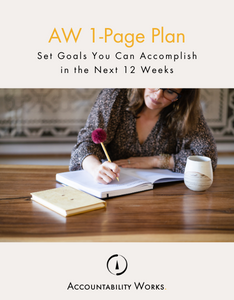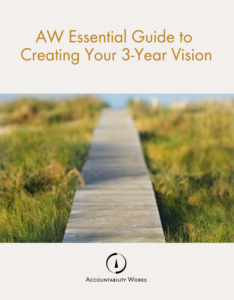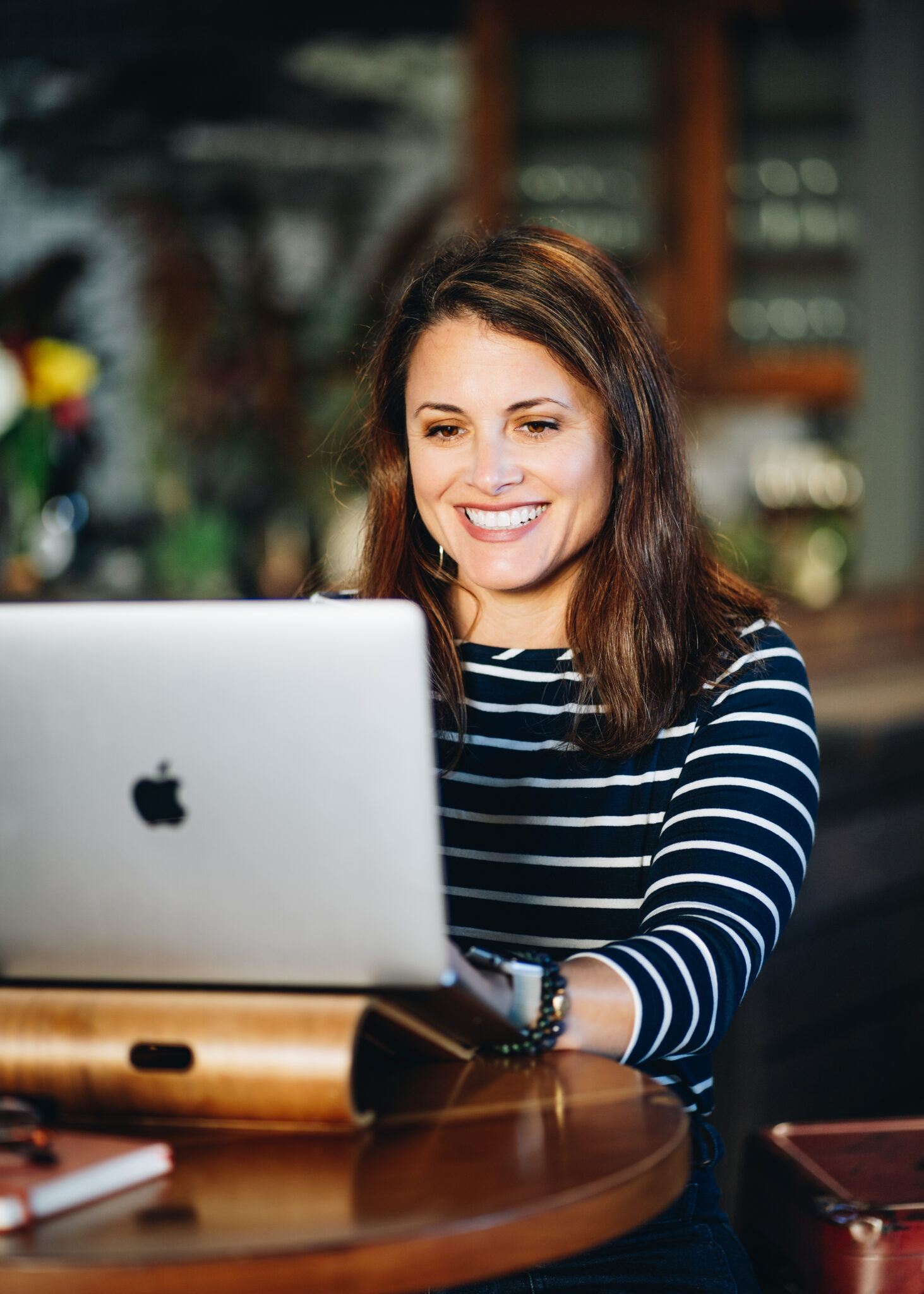This week I took a strange dive into the world of stroke survival. I happened to pick up My Stroke of Insight by Jill Bolte Taylor. After seeing her interview with Oprah, I thought her incredible story about having a stroke at age 37 was something worth reading. If you find how the human brain works at all interesting, you will love her account of experiencing a stroke and recovering from it especially because of her unique perspective as a Harvard-trained brain scientist. Check out her TEDTalk, it is truly fascinating.
Three things that I thought were really cool.
1) The 90-second rule: Dr. Jill talks about this the post recovery section of the book. Because of how the stroke effected her brain she was able to live without many of the negative emotions that we feel on a regular basis, such as anger, judgement, and fear. As her brain healed and the neural networks began to re-wire themselves she began to experience these old emotions and recognize that she didn’t like these feelings. She shares the 90-second rule, which is that when we have an an experience that triggers a negative emotion there is a biochemical response that happens in our brain. That response takes up to 90-seconds to run through our bodies, for instance in the case of anger, it may cause our heart rate to increase, our breathing to become more shallow, etc. However, anytime we experience the feeling past the 90-second biochemical response, then it is because our brain, particularly our left brain, that has hooked into that response. Essentially that means that after 90-seconds we can make a conscious choice whether to feel that feeling or not.
2) Our cells are dying and regenerating but we have the same neurons forever. That is why over time we can see that our body is changing but we feel like the same person inside. I’ve always wondered why that is and now I have the answer!
3) We can, through intentional and focused effort, re-wire our neural networks. That means we can change our thought patterns. This requires us to inhabit our right brains more often because the right brain is the “observer” side of the brain, versus the left brain which is the “doer”. Dr. Jill was able to fully recover after 8 years by re-wiring her brain and building new neural networks. Her story brings hope to many people that have suffered stroke or other brain injuries, however this piece of her story is applicable to anyone, especially those of us who are looking for ways to evolve and become more conscious. Her advice, like so many others, in order to do this is to come to the present moment, from that place we can choose how we want to feel and what we want to think about or not think about.
This whole book has me embracing my right brain, keeping my left brain in check, and wondering what can we do to activate our right brains more often. Does anyone have “right-brain” techniques, books, resources that they love and want to share? If so please leave a comment below.


